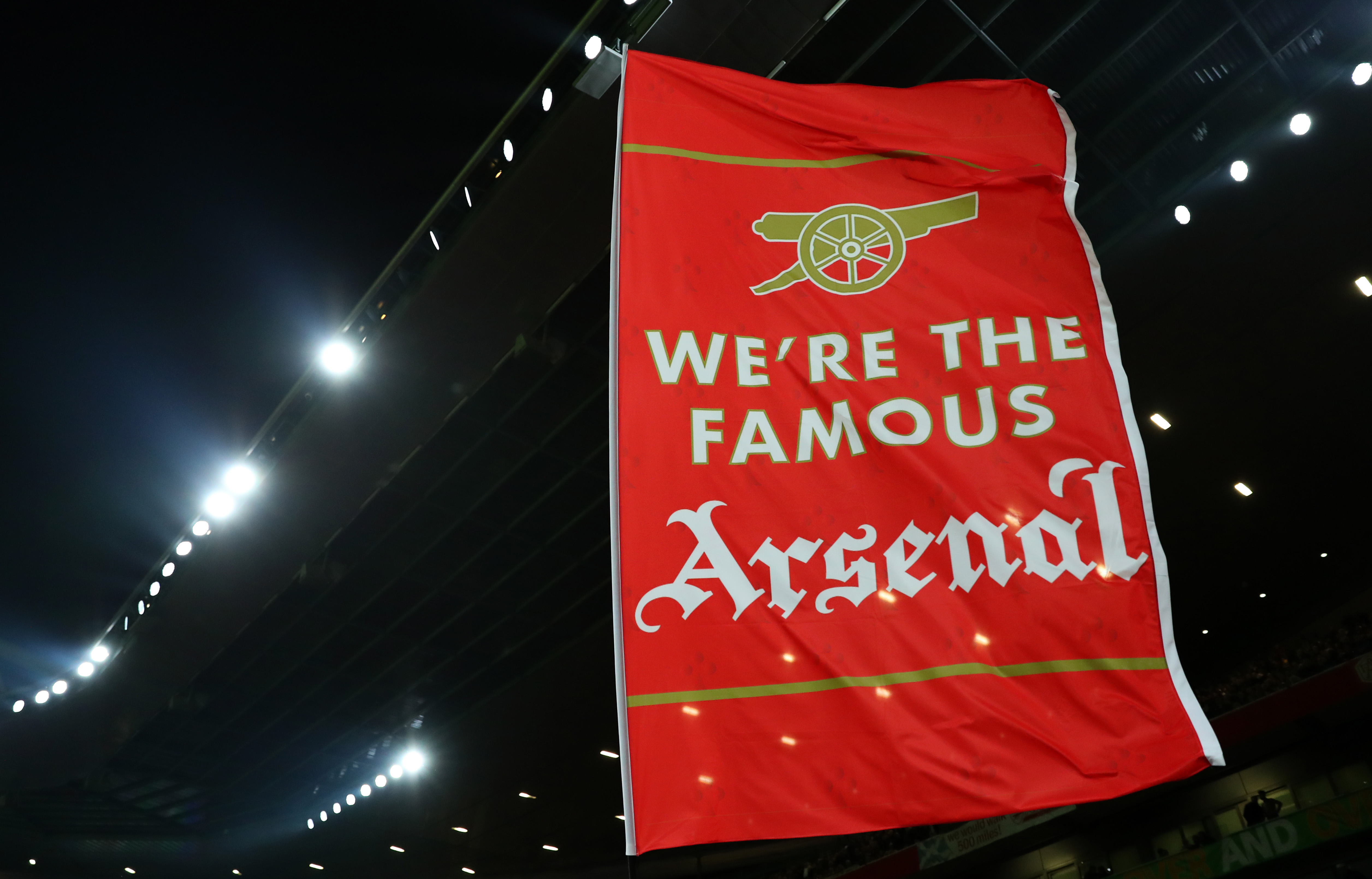In the previous issue, we saw how marketing and branding is plaguing Indian football. In the second issue, we look at the League structure of Indian Football and how it is affecting us.

When the Asian Football Confederation (AFC) decided to concentrate their efforts at improving the game in our country, they met up with the AIFF officials and decided to implement the “Vision India” programme in four cities namely Goa, Delhi, Tamil Nadu and Bengal. When the AFC team came to Goa to study the League structure, they opined that there was tremendous potential for Goa to develop their talent considering its small geographical location. But what they found deficient in Goa was that apart from the top players, the middle and lower rung of players played far too few games in a year to develop their game.
According to the AFC expert panel that visited Goa, a developing player needed to play at least 30-35 games in a year to improve himself technically as well as physically. They pointed out several deficiencies in Goa’s League structure. Apart from Goa’s top players, none of the other players were playing the stipulated 35-40 games in a year.
Faulty league structure of Indian Football

Goa has a league structure consisting of the Professional League (8 teams – played on a two-leg basis), First division (8 teams – played on a two-leg basis), Second division (20 teams that are split into 4 groups played on a single leg basis) and the Third Division (consisting of over 100 teams in groups of 5-6 each – played on a single leg basis).
The result is that players from the First division get to play only 14 games in a year while players from the second and third division get to play a mere 5-6 games in a year. The similar case would be prevalent in other state leagues too where clubs like BMFC, PIFA Colaba (both Mumbai league) hardly get any games throughout the season, thereby scuttling the development of the players.
Top players being overburdened and fringe players warming the benches

Earlier, Goa’s top clubs like Dempo, Churchill Brothers, Salgaocar and Sporting Clube de Goa normally registered only 30-40 players in a season. As the Goa Professional League consists of only eight teams, it used to conclude by early November, just when the I-League was about to start. Thus, what used to happen was that the same set of players used to play the Goa League, the I-League and the Federation Cup.
The result was that the top players were exhausted playing week-in and week-out; whereas the developing players hardly got playing time which impacted their careers. The AIFF in a landmark judgment after following the directives of the AFC seems to have at least temporarily solved this problem by issuing directives to all clubs that a player can play no more than 40 games in a season. This judgment, if implemented, will force the clubs to field a totally separate team for the state league thus creating a larger pool of players; something that will augur well for Indian football.
But it remains to be seen whether this will be implemented as Bengal and Goa had their reservations on the issue, on the grounds that the state leagues will lose their popularity if it is devoid of top players. The real problem, though, of teams not playing enough games, arises for teams like Vasco, Mohammedan Sporting, Southern Samity, Royal Wahingdoh etc. Their players not being in the I-League hardly get 15-16 games in the state league and a maximum of ten games in the second division league, something clearly not good enough according to the AFC. That too, the second division is played only at the end of March which means that players after playing till November in the state league have to wait till the end of March for their next competitive action.
What India needs right now is a strong troika of “State League – I-League – I-League 2″ to work in tandem so that there are more games being organized so that footballers who aren’t getting games have ample opportunity to do so. We need a strong state league where each team plays at least 13-15 matches followed by at least a 5-month long second division I-league, where again there are at least 10-12 teams and the competition is played across two legs. This will increase the competition and quality of football. If playing the ‘I-League 2’ on a home and away basis may not be feasible for the AIFF at the moment due to their financial condition, the matches could be played in two to three venues in a single state that will reduce costs considerably.
The AIFF seriously needs to think of having a sound structure of the league on the lines of European countries. The I-League-2 could also be held on a zonal basis with the top teams going to play the final qualifying round. The idea, however, would be to reach the target of playing 30-35 games in a year. There is enormous talent in the north east but just one representation in the I-League. A strong state league in these states would mean a chance for clubs to improve and get to the national level thereby giving a bigger platform for players there to showcase their talent.
FIFA Matchdates

Another issue hampering the growth of our national team is that the AIFF does not follow FIFA’s international match dates. This means that when domestic leagues all over the world have windows for hosting friendlies, India are bang in the midst of the I-League, thus depriving the national team of playing more friendly matches that would give the team much needed exposure against the world’s top teams.
If India is ranked a poor 153 in the FIFA rankings, it is due to the fact that we play very few friendlies in a year. It is imperative that we structure our league in such a way that we have breaks coinciding with the FIFA match dates. Tournaments like the Federation Cup (like the F.A Cup in England) should be played throughout the year and not finished off in a month. We need to model our league according to the European Leagues, ie. start the league in September and finish by April end, with matches on weekends, having the Federation Cup simultaneously (as the FA Cup is held in England). This will give the national team an opportunity to play friendlies against some of the top teams thereby improving the profile of the game in our country.
(To be continued….)





